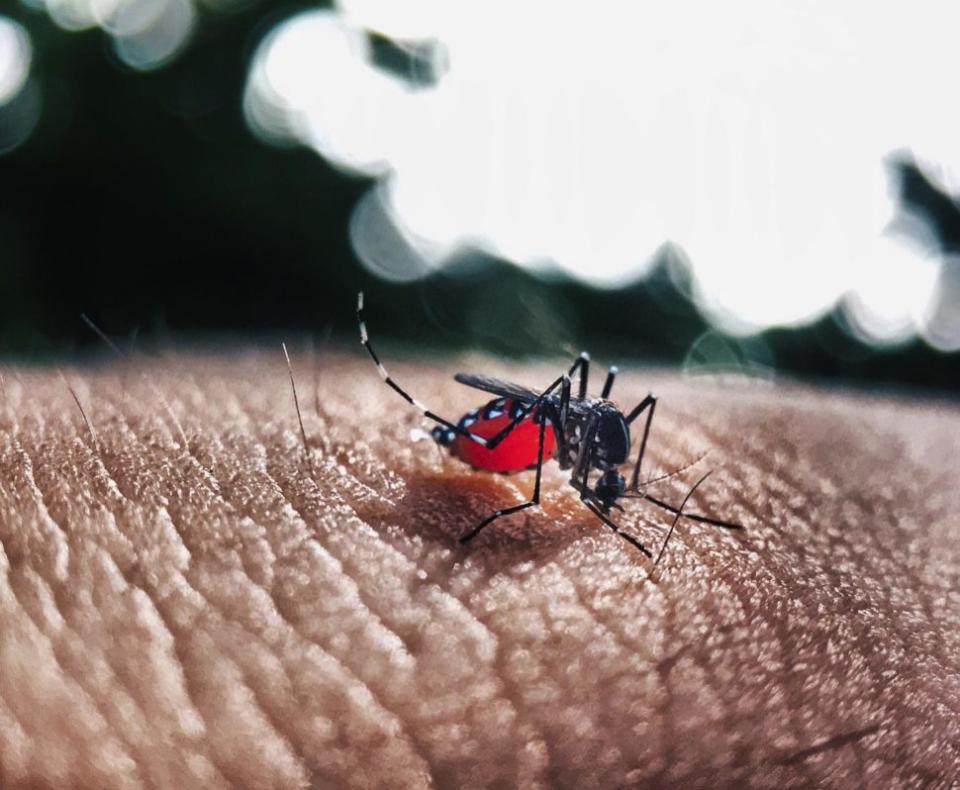Everything You Need To Know About About The First Case Of Dengue Fever In Florida

With the news of the first U.S. case of Polio in over a decade, comes the news of the first case of Dengue or, Dengue Fever in Florida. While most people have little to no symptoms, some suffer a much worse fate if not caught early. Here’s everything you need to know about Dengue Fever when visiting Florida’s southern coast.
It’s that time of year. The sun goes down and the mosquitos come out. Cookouts can become a feast for more than just the guests. Mosquitos love to swarm partygoers. Those pesky little biting bugs are doing more harm though than the itchy, red bumps they leave. So, what’s Dengue? How is it transmitted?

Generally found in urban and suburban areas, Dengue occurs in both tropical, and subtropical climates around the world. According to WHO, or World Health Organization, “Dengue is a viral infection transmitted to humans through the bite of infected mosquitoes. The primary vectors that transmit the disease are Aedes aegypti mosquitoes.”
With four different types of Dengue Fever, multiple infections occur. Because cross-immunity is just partial, a secondary infection can occur. Thus increasing the risk of developing severe dengue. Wondering what the symptoms are?
The most common symptom is a fever. Additionally, headache, body and eye soreness, rash, nausea and abnormal bleeding may be present. Travelers and residents should seek medical help early. There isn’t a specific cure for Dengue. However, getting early intervention will increase the chances of survival by over 99%. Generally, symptoms go away on their own in about a week.
Cases of Dengue have grown to the billions per year around the world. Again, most cases have zero to little symptoms. With just one case of Dengue Fever reported in Florida, travel and cookout plans can continue. But remember to get help early if you develop any symptoms.

